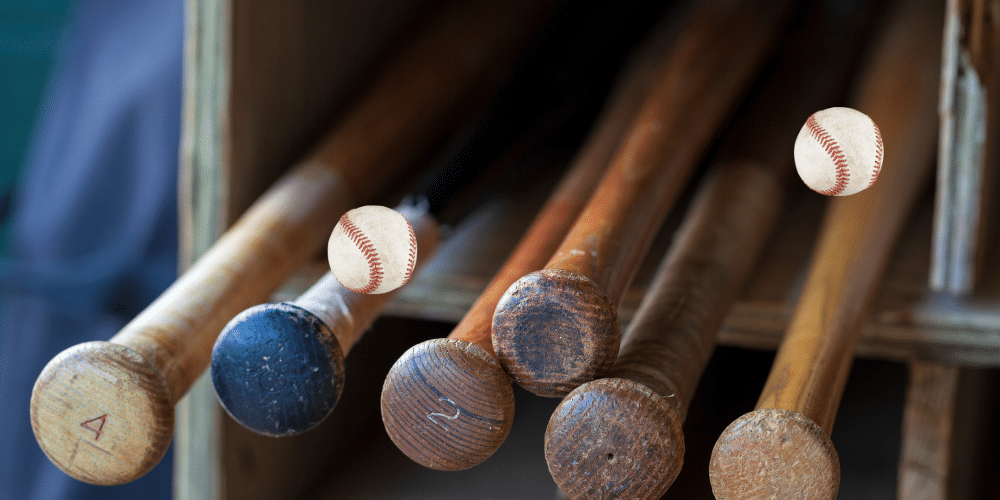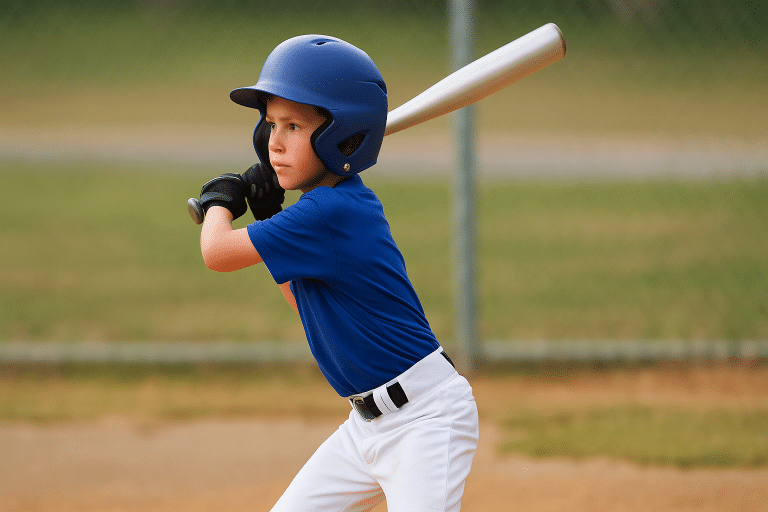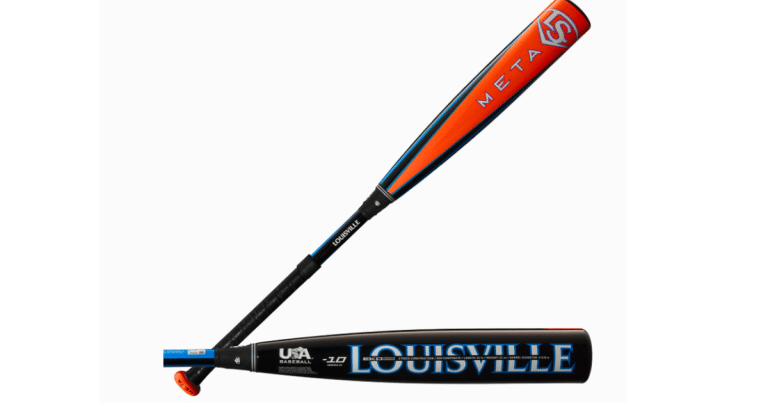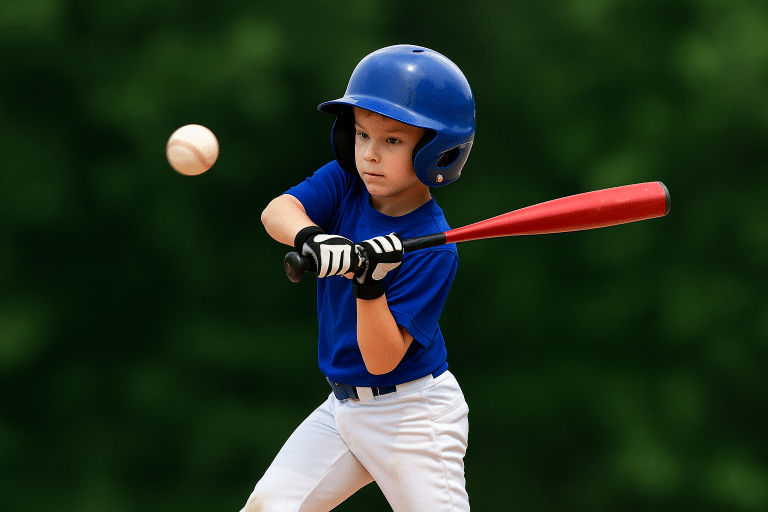Which Bat Drop Is Right for Your Kid? A Quick Guide for Confused Parents
Bat shopping should be easy—but the moment you see numbers like -10, -5, or -3, your head starts spinning.
Don’t worry—you’re not alone.
Here’s a no‑fluff guide to help you pick the right bat drop for your kid without Googling in circles.
In this post, we’ll show you what the right bat drop is for your child and why it matters.
Disclosure: This page contains affiliate links. If you make a purchase through one of these links, I may earn a small commission—at no additional cost to you. I’m an affiliate partner with both Amazon and JustBats, and I only recommend products I believe add real value to players, parents, and coaches.
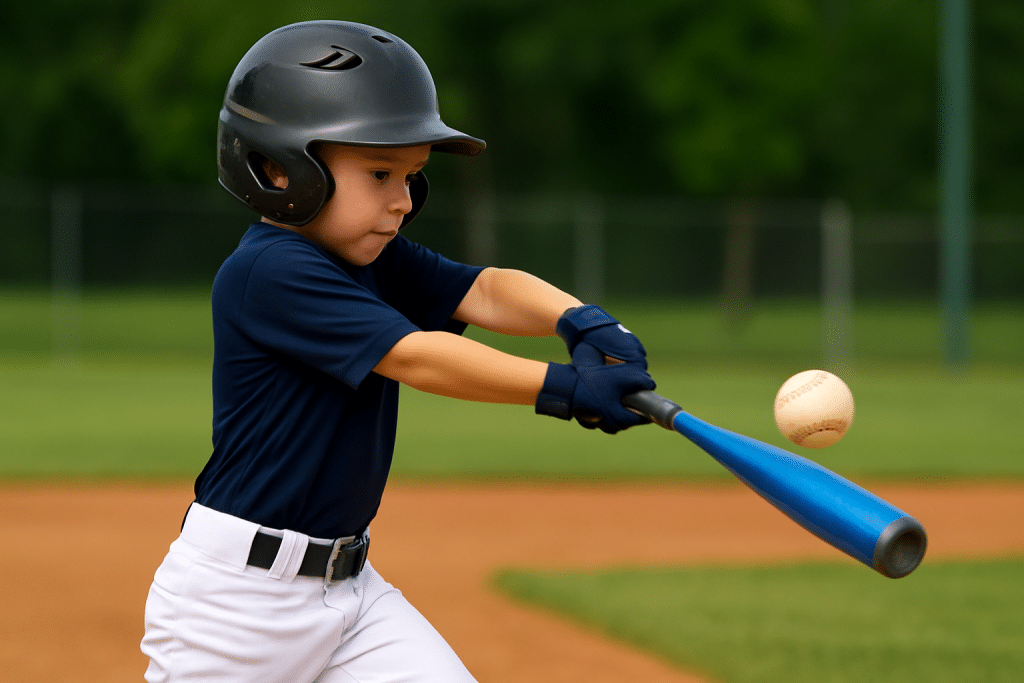
Quick Bat Drop Comparison Chart
| Age Range | Common Drops | Best For |
|---|---|---|
| 5–8 | -12 to -10 | Tee ball / Coach pitch |
| 9–12 | -10 to -8 | Little League / Travel ball |
| 13–14 | -8 to -5 | USSSA / Prep travel teams |
| 15–18 | -3 | High school (BBCOR required) |
Which Drop Is Right for My Kid?
1. Ages 5–8: Start Light (Drop -12 to -10)
At this stage, the goal isn’t power—it’s building confidence and developing a smooth, repeatable swing.
A lighter bat helps young players make consistent contact without feeling like they’re swinging a sledgehammer.
Heavy bats can slow them down and lead to bad habits that stick.
Recommended Bat: Easton Alpha ALX -11 USA
This bat is a favorite among parents and coaches for good reason.
It’s lightweight, well-balanced, and gives younger hitters the feedback they need to improve.
The grip feels comfortable in small hands, and the pop off the barrel helps boost confidence at the plate.
Past models had a few rattling issues, but Easton seems to have resolved them in recent versions.
Why it’s a great pick: It helps young players swing faster, feel more in control, and enjoy the game. Simple as that.

2. Ages 9–12: Transition Years (Drop -10 to -8)
At this age, kids are getting stronger, pitches are faster, and swing mechanics matter more than ever.
It’s a good time to move toward a slightly heavier bat—one that builds strength but still allows them to swing comfortably.
Recommended Bat: Louisville Slugger Select Cut C271 -10 Wood Bat
This bat gives players a balanced, easy-to-control feel while introducing them to the weight and feedback of a wood bat.
The dense maple construction adds durability, and the EXO finish gives it a polished, pro-style look.
It’s a great step up for players who are ready to transition toward heavier gear without losing control or confidence.
Why it works: A smooth-swinging, well-balanced wood bat that helps kids handle velocity and feel the game evolving—without jumping too far ahead.
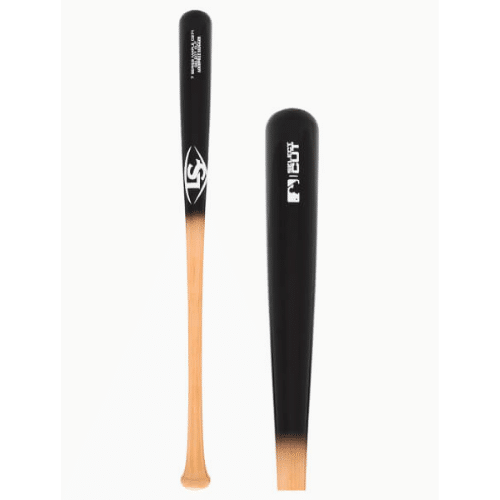
3. Ages 13–14: Getting Stronger (Drop -8 to -5)
This is the bridge to high school ball.
Players are getting bigger, stronger, and facing tougher pitching.
Many coaches recommend swinging a -5 bat by 8th grade to help ease the jump to BBCOR (-3) in high school.
Heavier bats now mean less shock later.
Recommended Bat: Marucci CATX -5 USSSA
The CATX -5 is a go-to for players in this age group.
It’s hot right out of the wrapper, with a balanced feel, big sweet spot, and smart vibration control that keeps hands from stinging on mishits.
Players like the pop. Coaches like the smooth mechanics it encourages.
Why it’s a solid choice: It helps players build strength and adjust to heavier bats—without feeling like they’re swinging a log. A great fit for serious 13–14U hitters prepping for the next level.

4. Ages 15–18: BBCOR Only (Drop -3)
Once your player hits high school, there’s no wiggle room—BBCOR bats with a drop -3 are required.
These bats are heavier and less forgiving, which means swing mechanics, timing, and strength all need to be in sync.
Proper training and a smart bat choice go a long way here.
Recommended Bat: Louisville Slugger Meta BBCOR -3
The Meta is one of the most trusted bats in high school baseball.
It’s known for its balanced swing, large sweet spot, and comfortable feel—perfect for players who rely on speed and consistency at the plate.
The EKO Composite barrel and 3FX Connection help reduce vibration and make the swing feel smooth and controlled, even on off-center hits.
Why it stands out: A high-performing, contact-friendly BBCOR bat that’s easy to trust—especially for players who value control, comfort, and solid at-bats game after game.

Bat Length by Height and Weight
While age is a helpful guide, your child’s height and weight matter, too. Use this quick guide:
| Player Height | Player Weight | Recommended Bat Length |
| Under 60″ | Under 90 lbs | 28–30″ |
| 61–64″ | 90–120 lbs | 30–32″ |
| 65″ and up | 120+ lbs | 32–34″ |
Wood vs. Alloy vs. Composite: Does It Affect Drop?
- Wood | Naturally heavier, so you’ll usually see only small drops like -3 or -2. Great for older players or practice sessions when you want to feel every ounce of the swing.
- Alloy (Aluminum) | Tough, balanced, ready-to-go right out of the wrapper. Most youth bats you’ll see at the cages fall in this category.
- Composite | Usually the lightest option with a big, forgiving sweet spot. They do need a short break-in period, but once they’re hot, they stay hot.
For most kids under high-school age, you’ll be choosing between alloy or composite. Wood can wait until they’re stronger—or when you want to work on mechanics without worrying about dented barrel
Translation: choose a bat light enough to swing smoothly, heavy enough to build good habits.
Quick Primer: What Is BBCOR?
BBCOR = Batted Ball Coefficient of Restitution.
It’s the performance standard for non-wood bats in high school and college. BBCOR bats (-3 drop) are engineered to mimic wood—less trampoline effect, safer exit velocities, fairer competition. If your player is in high school, they mustswing a BBCOR-certified bat. Period.
Pro Tip: Know Your League Rules
- USA Baseball stamp → Most Little League and rec divisions
- USSSA stamp → Many travel-ball circuits
- BBCOR stamp → High school and college
When in doubt, email the coach or league director before you buy.
Frequently Asked Questions
| Question | Quick Answer |
| Can my kid swing a -3 in Little League? | No. Most divisions stick to USA bats in the -10 to -12 range. |
| Is a lower drop always better? | Only for older, stronger players. Younger kids need higher drops (lighter bats) to swing correctly. |
| The bat feels like a log—what now? | Go lighter. A heavy bat will hurt mechanics and confidence. |
| Should I buy a bat they can “grow into”? | Skip it. An oversized bat today can mess up their swing for months. Fit the bat to your player right now. |
Closing Thoughts: Keep It Simple, Keep It Fun
The best bat is the one your child can swing comfortably and confidently—end of story.
When you’re stuck between two sizes or drops, err on the lighter side and let their skills (and strength) catch up.
Baseball should feel natural, not like a weight-room workout. Choose smart, then get out there and enjoy the game together.
